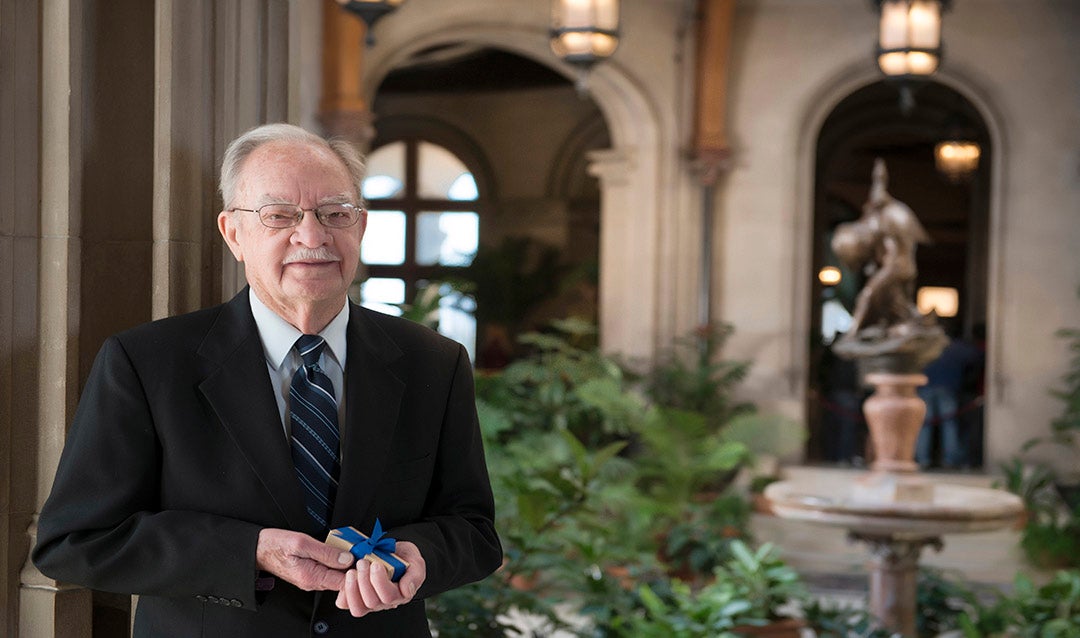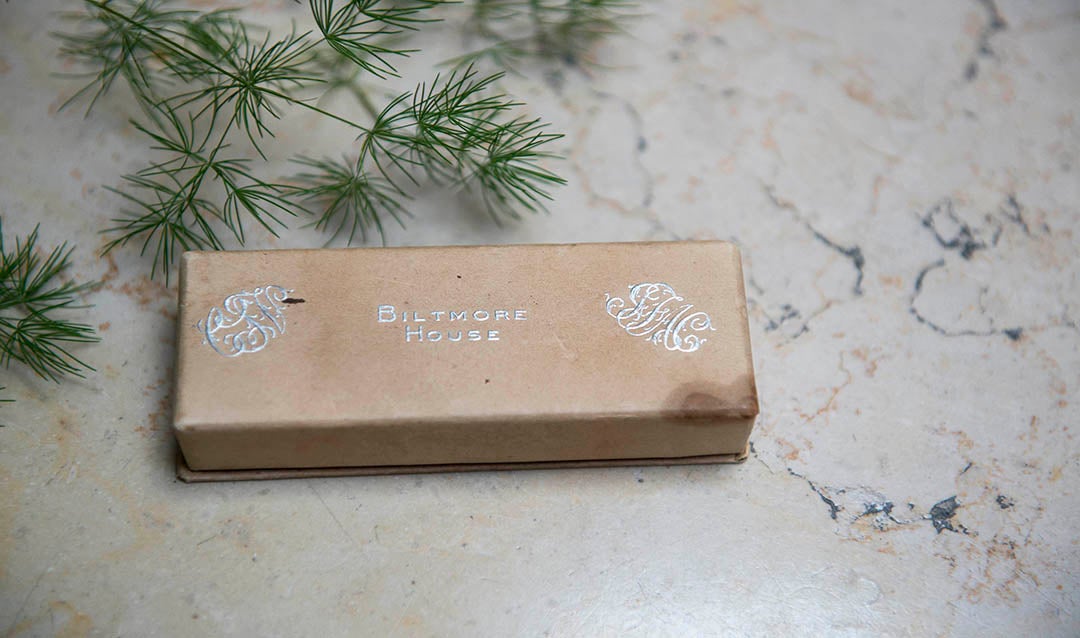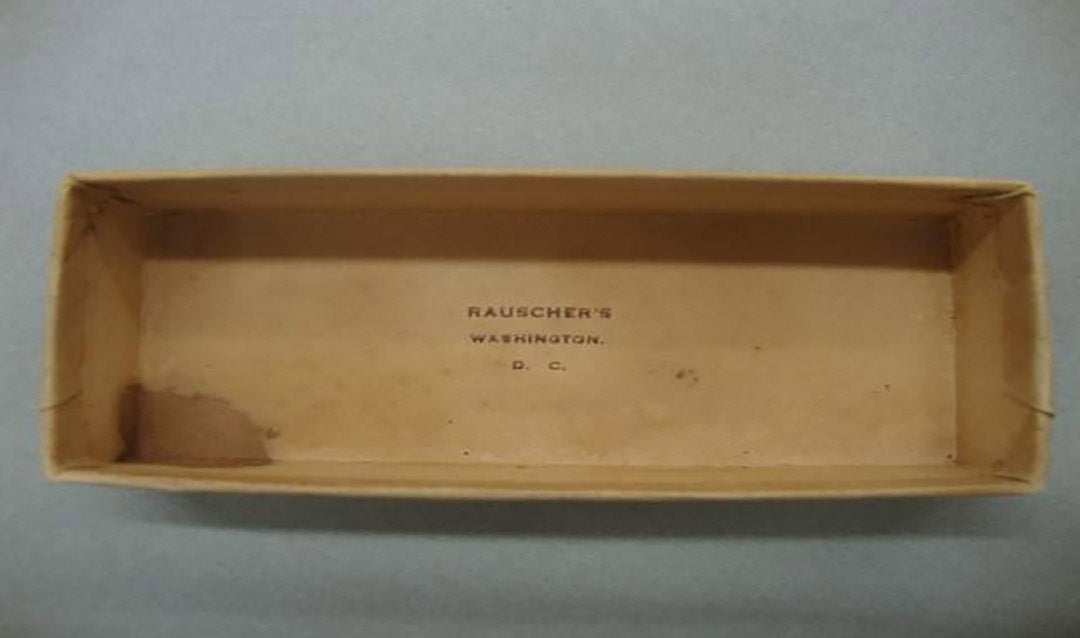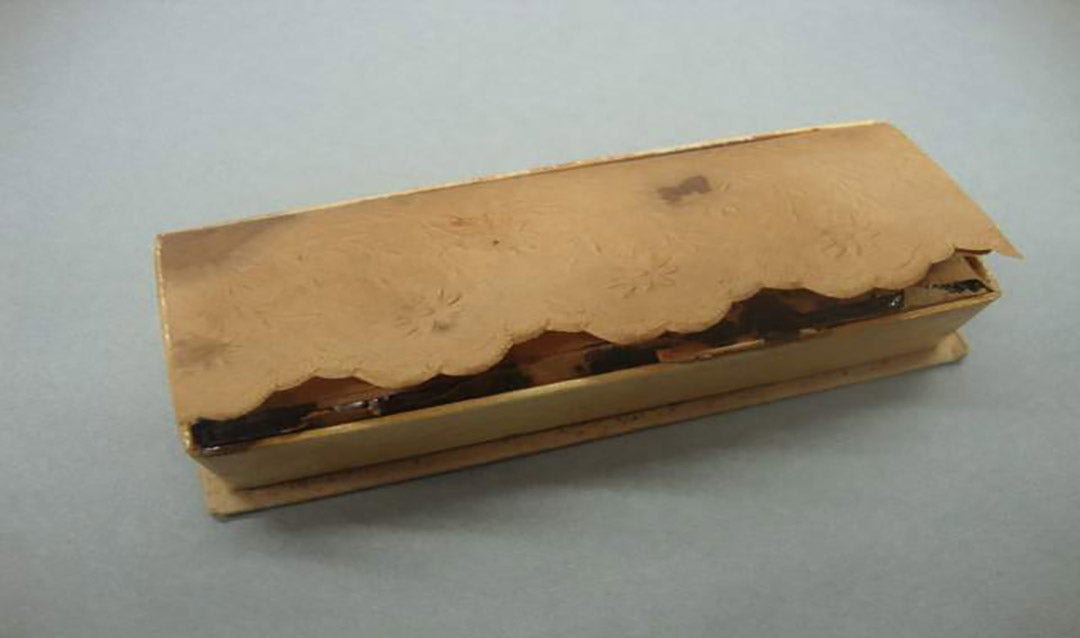We’ve been talking a lot about weddings lately. Mostly those that have happened in the distant past. Today we talk a bit about weddings that happen at Biltmore in the present tense.
Did you know that this year alone, more than 200 weddings are scheduled for venues across Biltmore? Jodee Mitchell, Floral Designer at the Inn, and her team will have their hands in some of those events.
“It’s so personal to us. We put a lot of emotion into it and want everything to be perfect. Many of the brides have been thinking about their perfect wedding since they were little girls, so it’s a huge, important day,” said Jodee.
By the time a large wedding takes place, Jodee and her team have been in touch regularly with the bride for months. The process usually begins with booking the venue, often a year out. Fall weddings are especially popular and venues book up fast for this gorgeous season.
Floral Designer Jill Rutherford said the initial meeting with the bride, and often her mother, is the most important. “We talk about décor, look at the venue, nail down the date, get a feel for budget, and listen to the bride’s ideas. We also offer our own ideas, things we know will suit the selected venue.”
A flurry of emails are traded after that first meeting; the team offers more ideas and sends photos. Many brides create Pinterest boards to exchange ideas. After the details are ironed out, the team and the bride hold a final meeting where the team presents a mock set-up.
Today’s décor is decidedly different from even a decade ago. Jill says many brides want more than flowers.
“We often create display pieces, use fabric draping, and order signage and rental furniture,” she said. “We’ve even decorated a candy table for the reception! And theme weddings are very popular now. We always suggest that the bride selects a look that matches the venue to let it shine.”
Most of the actual set-up for both large and small weddings happens within a week. Some of the preparation can include setting up frame systems to accommodate hanging items, creating arbors, putting the floral arrangements together, and painting things as needed. Jodee credits Biltmore’s engineering team for their professional and fast help. Everything that’s built must also be taken down, and she and her team do that too.
“When we are at the actual wedding and see the bride we feel so proud of the work we’ve done to make their day exactly what they wanted and really magical. We take pride into our work. The whole team is equally excited about making each wedding look spectacular,” Jodee said.



